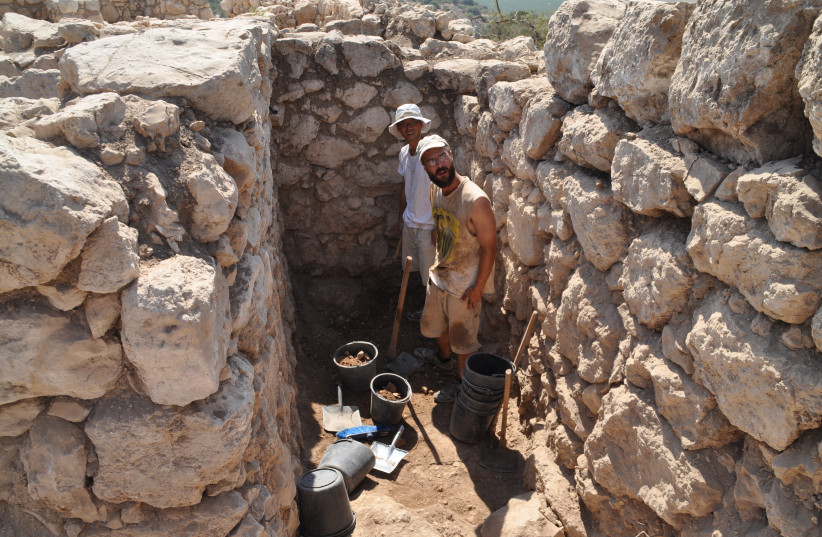In recent archaeological excavations in the Judea region, significant discoveries have been made that provide new insights into the early urbanization process and urban planning of the kingdom during the 10th century BCE.
The findings, spanning multiple sites including Khirbet Qeiyafa, Bet Shemesh 4, Tell en-Naṣbeh, Khirbet ed-Dawwara and Lachish V, have revealed fortified cities and common urban pattern characterized by casemate walls (double city walls with space between the walls separated into chambers), houses abutting the walls, and peripheral roads.
The peer-reviewed study was published by The Hebrew University of Jerusalem.
The Kingdom of Judah's expansion into the Shefela (lowlands), the favorable ecological zone southwest of Jerusalem, has long been a topic of debate among scholars.
However, these recent excavations challenge the prevailing notion that this expansion occurred in the middle or late 9th century BCE.
Instead, the findings suggest that the process was already underway in the early 10th century BCE, significantly earlier than previously believed.

At Khirbet Qeiyafa, located on a prominent hill overlooking the Valley of Elah, archaeologists uncovered a 2.3-hectare fortified city.
What did the excavation show?
The excavation revealed a casemate city wall, houses that incorporated the casemates as rear rooms and a peripheral belt of buildings abutting the city wall. The presence of Canaanite inscriptions at the site indicates an increasing demand for communications and suggests centralized authority.
Bet Shemesh 4, situated in the northern Shefela, yielded similar findings. The excavations at Bet Shemesh 4 revealed an early Iron Age II city enclosed by a casemate wall.
The houses in this city were built in a rounded arrangement, distinct from later structures. Excavators also discovered a casemate city wall at Tell en-Naṣbeh, emphasizing the common urban pattern found across multiple sites in the region.
Khirbet ed-Dawwara, a small fortified site on the desert fringe of the Benjaminite hill country, provided valuable insights despite its size. The excavations revealed a short-lived settlement with four-room houses and a casemate fortification.
The pottery assemblage suggests a dating to the early 10th century BCE, aligning it with the urbanization process of the larger cities in the region.
Tel Lachish V played a crucial role as a regional center during the early Iron Age. Excavations at Lachish V uncovered an early Iron Age fortification, featuring a brick construction encircling the entire site.
The recent findings of a newly discovered city wall constructed with medium-sized stones further support the city's importance in the second half of the 10th century BCE.
These discoveries challenge previous assumptions about the timing and extent of the kingdom of Judah's early urbanization. The presence of fortified cities and the common urban pattern found across multiple sites highlight the strategic importance of these locations and the organized expansion of the kingdom.
